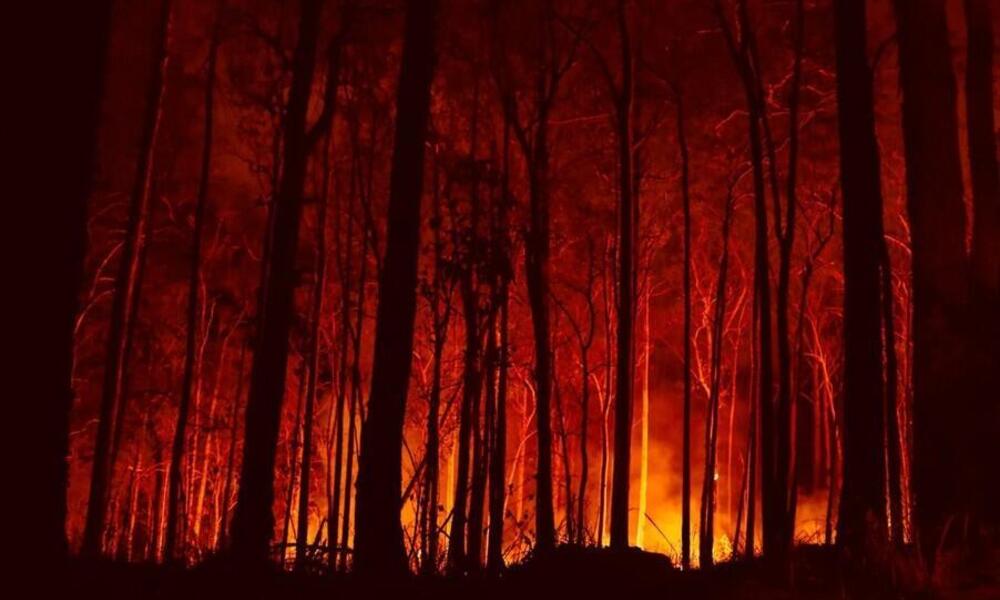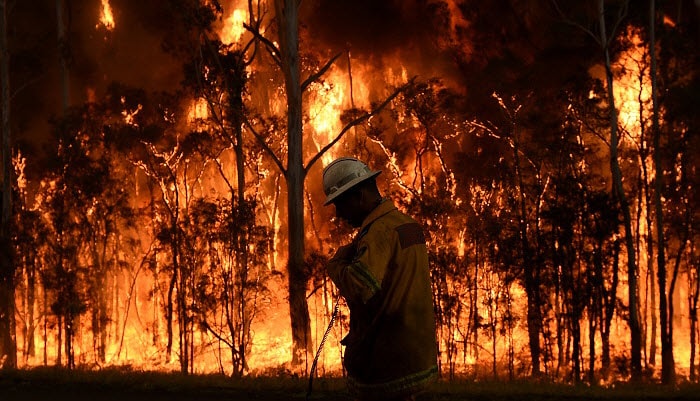Mastering Bushfire Preparedness: The Duty of a BAL Assessment in Risk Mitigation
Wiki Article
Professional Guidance on Bushfire Monitoring for Improved Fire Protection
In the world of bushfire administration, the importance of specialist suggestions can not be overemphasized. With the enhancing regularity and seriousness of wildfires, it is crucial to seek advice from those well-versed in the complexities of fire actions and mitigation strategies. From comprehending the nuances of bushfire habits to implementing sensible procedures such as firebreaks and defensible spaces, there exists a riches of expertise that can substantially enhance fire defense efforts. Nonetheless, the essential exists not just in the individual elements of fire monitoring but also in their natural integration into a thorough technique. By delving into the proficiency used in the adhering to discussion, a more clear course towards boosted fire security can be illuminated.Comprehending Bushfire Habits
To successfully handle and alleviate the influence of bushfires, it is vital to have a detailed understanding of bushfire habits. Bushfires are complicated natural phenomena influenced by various factors such as weather problems, topography, gas tons, and human activities. Comprehending exactly how these elements interact is crucial in forecasting the actions of a bushfire, permitting much better preparation and action methods.One secret facet of bushfire habits is fire spread. By examining past fire events and evaluating fire patterns, experts can expect just how a bushfire might proceed under certain problems.
Furthermore, understanding ash attack, identifying, and fire whirls is necessary in comprehending the full degree of bushfire actions. Cinders can take a trip long distances in advance of the fire front, igniting place fires and presenting a considerable risk to buildings. Fire whirls, on the other hand, can develop erratic fire behavior, making the fire administration procedure even much more difficult. By delving into these details of bushfire actions, authorities can enhance their preparedness and action capacities, inevitably minimizing the influence of these destructive events.
Executing Firebreaks and Defensible Spaces
Recognizing bushfire behavior is fundamental for successfully executing firebreaks and creating defensible rooms to improve fire defense. Maintaining these firebreaks through regular cleaning of particles and plant life is important to guarantee their effectiveness throughout a bushfire occasion.
Appropriately executing firebreaks and defensible spaces needs careful preparation, regular upkeep, and community cooperation to make certain the greatest level of fire defense for buildings and lives in bushfire-prone areas.
Making Use Of Very Early Caution Systems
Releasing sophisticated very early warning systems is necessary for timely detection and signaling of possible bushfire risks. By using advanced innovations such as satellite tracking, climate sensing units, and thermal imaging, authorities can successfully keep an eye on fire-prone areas and detect ignition resources at the earliest phases. These systems can offer real-time data on fire intensity, habits, and instructions, enabling for punctual decision-making and quick deployment of firefighting resources to the impacted locations.Early caution systems also play a crucial duty in alerting residents and areas regarding foreshadowing bushfire dangers. Via automated sirens, message informs, phone telephone calls, and social media alerts, people can be rapidly informed concerning emptying orders, risk-free shelter locations, and emergency situation treatments. This positive method not just saves lives yet likewise minimizes building damages by guaranteeing that people have enough time to evacuate and shield their homes.
Developing Emptying Strategies
Effective evacuation strategies are crucial for ensuring the safety of homeowners in bushfire-prone locations. Establishing well-thought-out evacuation methods is important in alleviating the dangers posed by bushfires and guarding human life. These plans ought to be thorough, thinking about different elements such as the topography of the area, the density of vegetation, and the most likely rate and instructions of the fire's spread.
When producing evacuation strategies, it is necessary to develop clear emptying routes and assembly factors where locals can gather securely. These routes must be routinely preserved to make sure ease of access during emergency situations. Furthermore, communication approaches should be in area to alert locals of impending danger and give clear instructions on evacuation treatments.
Partnership in between local authorities, emergency solutions, and area members is crucial in establishing effective emptying strategies. When a bushfire intimidates the location, routine drills and exercises must be performed to familiarize residents with the procedures and ensure a swift and organized discharge (BMP). By focusing on the development of robust evacuation strategies, areas can enhance their durability to bushfire emergencies and lower the possible effect on residential or commercial properties and lives

Involving in Neighborhood Preparedness
In the world of bushfire management, promoting area readiness plays a critical function in strengthening the strength of citizens residing in risky locations. Taking part in neighborhood preparedness involves informing locals on bushfire threats, advertising fire safety and security practices, and developing emergency situation plans collectively. By proactively including the community in preparedness initiatives, individuals become extra educated and encouraged to take aggressive procedures to guard their lives and residential properties during bushfire incidents.Community preparedness efforts commonly consist of performing fire drills, establishing communication networks, and organizing training sessions on fire reductions strategies. Furthermore, motivating collaboration among neighbors to create a natural support system can substantially enhance the general preparedness degree of a community. When citizens are well-informed and furnished to respond efficiently to bushfires, the chance of reducing damage and ensuring safety and security increases considerably.
Verdict
In verdict, reliable bushfire monitoring needs a comprehensive understanding of fire actions, the application of firebreaks and defensible rooms, the use of early caution systems, the development of evacuation strategies, and area engagement in readiness initiatives. By incorporating these approaches, neighborhoods can improve their fire defense steps and reduce the influence of bushfires on both home and lives. Bushfire Risk. It is crucial for all stakeholders to interact to produce a much safer setting despite this natural disasterTo effectively reduce the effect and handle of bushfires, it is imperative to have a comprehensive understanding of bushfire behavior. By researching previous fire occurrences and examining fire patterns, specialists can prepare for just how a bushfire could proceed under certain conditions.Comprehending bushfire behavior is foundational for successfully executing firebreaks and creating defensible rooms to improve fire defense. Involving in community preparedness includes enlightening homeowners on bushfire risks, advertising fire safety and security practices, and establishing emergency situation strategies collectively.In verdict, efficient bushfire administration needs an extensive understanding of fire actions, the application of firebreaks and defensible rooms, the use of early caution systems, the growth of BMP evacuation strategies, and community engagement in readiness initiatives.
Report this wiki page